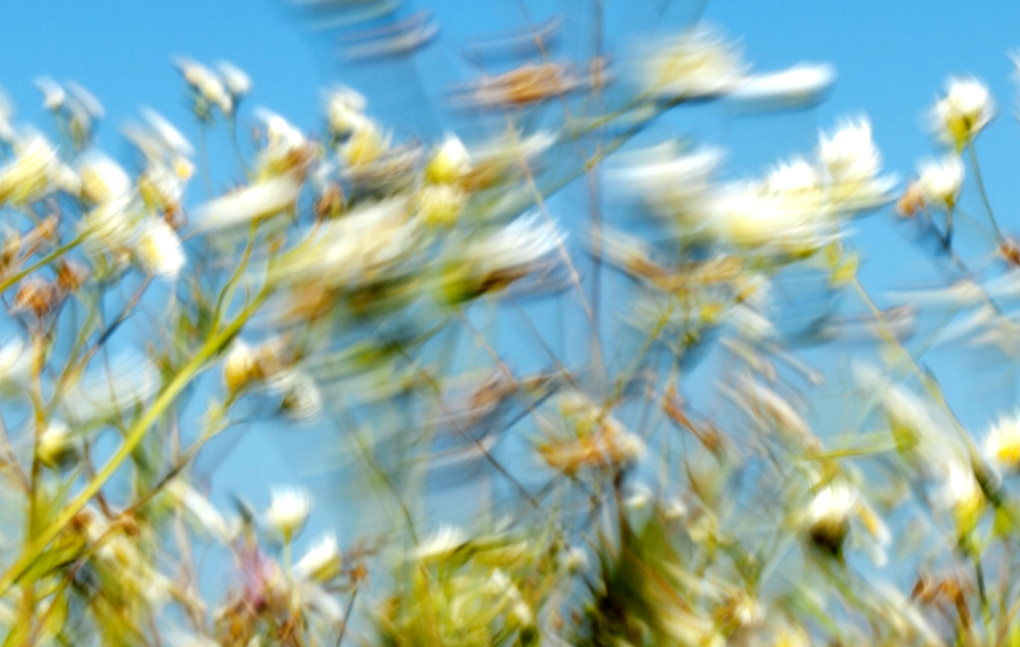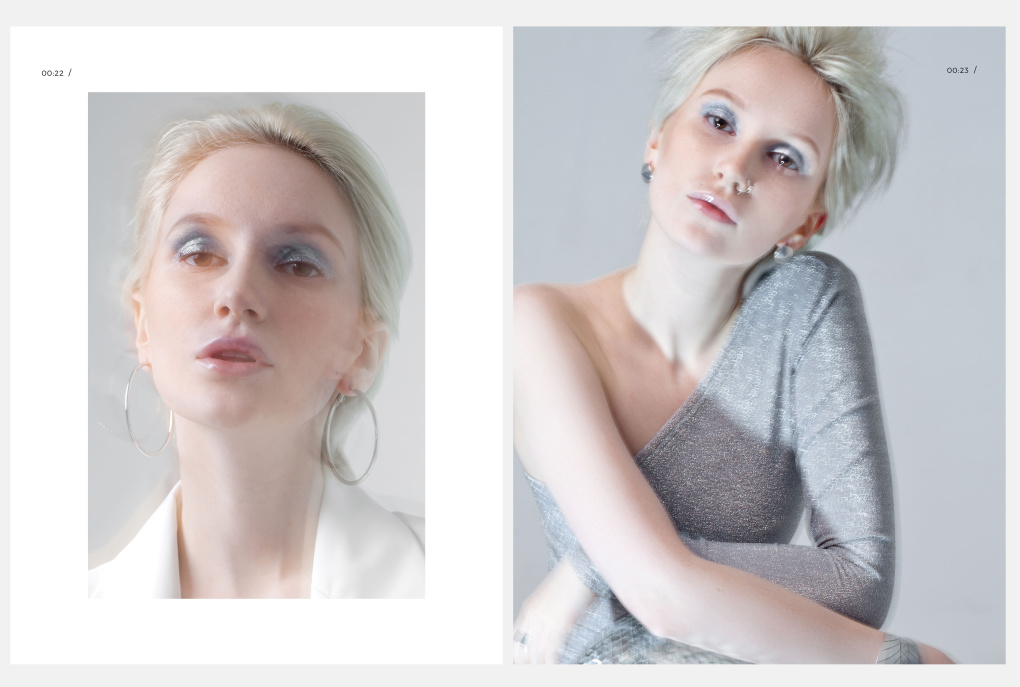Moscow-based and self-taught photographer Undalova, Svetlana gives us her life lessons on photography, self-development and the art of her power focus. Her dedication took her from novice to teacher, and all on her own. See why we are so in love with her scenic-like portrait style editorials.
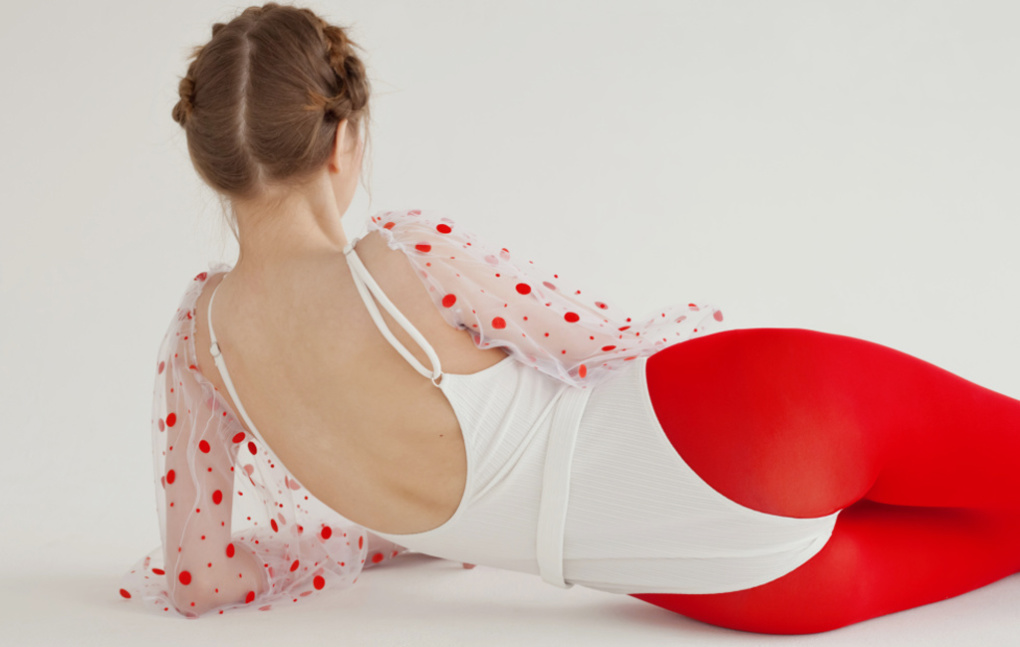
DOE: Where are you from Originally? Give me a brief description of your career trajectory – professionally trained or not, opportunities that led to breakthroughs.
Undalova Svetlana: I grew up at the northernmost point of Russia – on the Kola Peninsula. Where winter lasts 9 months. Beautiful mountains, taiga, snow and amazing northern lights. There I got my art education, I was always inspired by creativity. At the age of 19, I moved to the cultural capital of my country – St. Petersburg. And perhaps the culture of this city, its architecture, movable bridges, the stunning beauty of the white nights developed my passion for art and photography. As soon as I took the camera in my hands, I realized that this is exactly what I want to do for [the rest of] my life. At that moment, photography captivated me. I studied the technique, read a lot of books on this topic. Looking at the works of masters of photography. I realized that you need a lot of knowledge of color, the combination of colors, fashion, you need to develop your sense of taste to be a photographer. Every day I spent time either filming or processing pictures or reading books on this topic. Very soon, I opened my own photo studio and started teaching. My photographic path was easy and exciting, but I understood that St. Petersburg no longer gave me the space I needed so I decided to move to Moscow. Here is where I now live and develop.
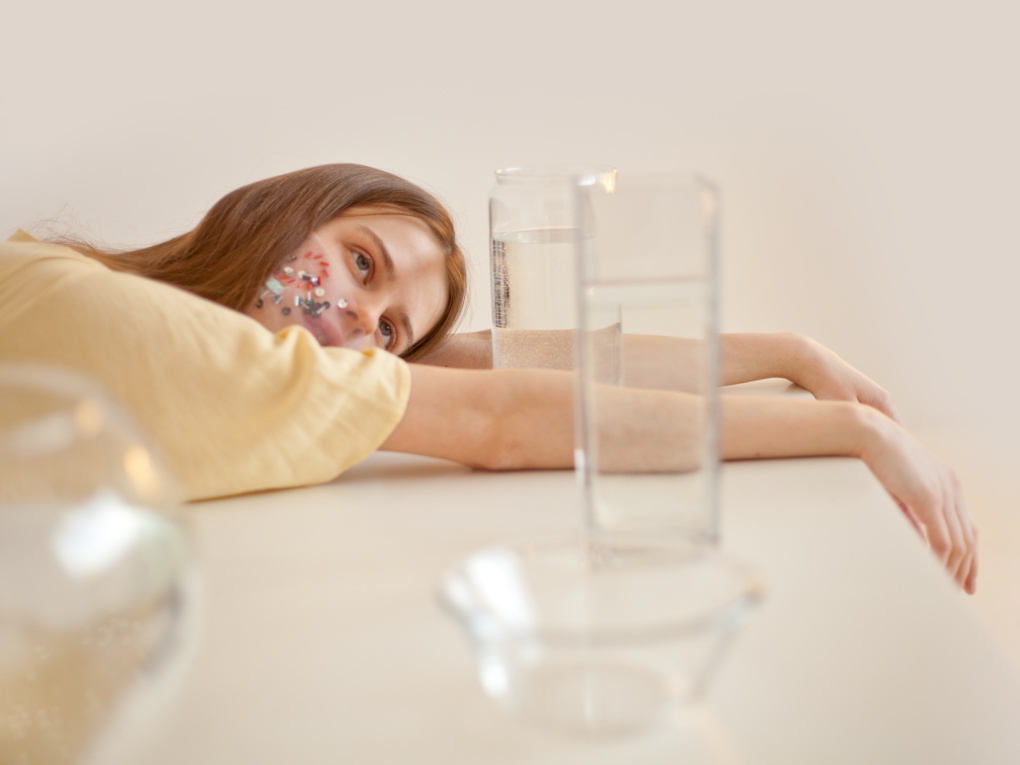
D: How does your background affect your work?
US: There are no universities of photography in Russia. It is not possible to obtain higher education in this field. Unfortunately, Russia is very behind [compared to] Europe in terms of photography and fashion [among other things]. We have courses where the basics are taught by private photographers. When I was studying by myself, I realized that it was pointless to waste time and money on such training. And all that I am capable of now is the result of experience. This path is long and complicated, but more valuable. Studying photography by yourself, from the very fundamentals [and] reaching [new] heights, you become a real master.
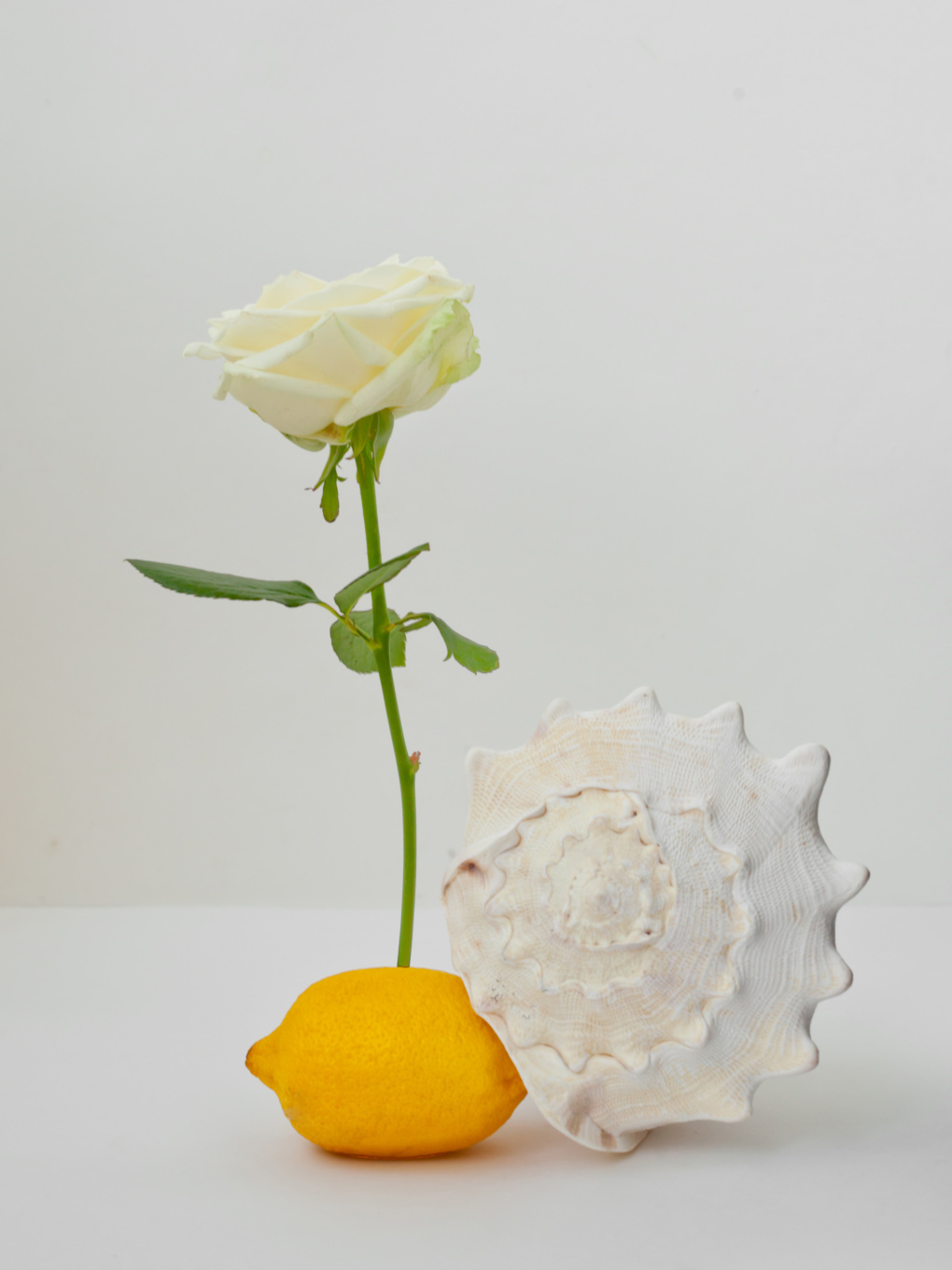
D: What makes an image iconic?
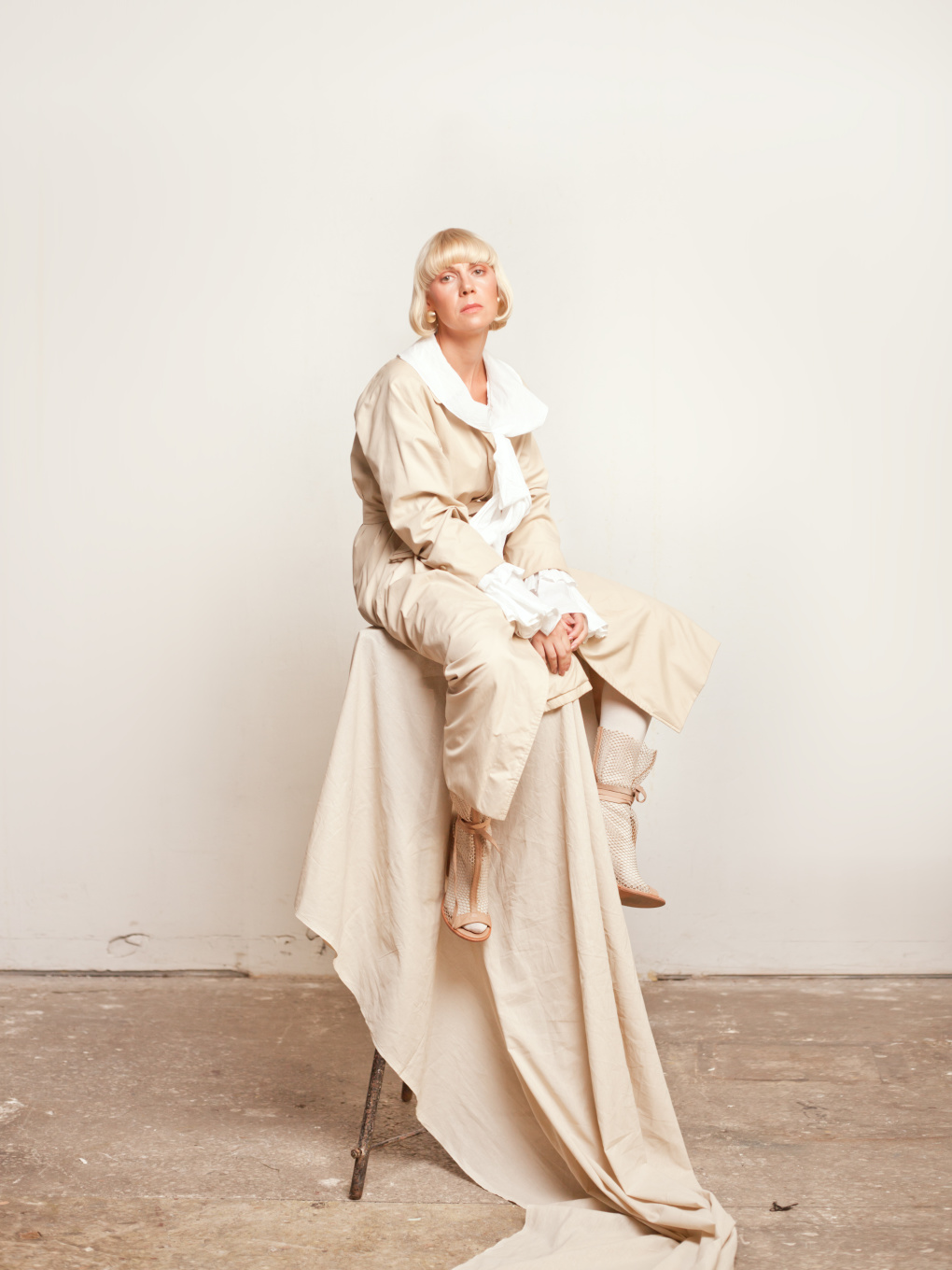
D: What is the best way to describe the working relationship between you as a photographer and your stylist on any given project? How important is that relationship to the success of that project?
US: Preparation is very important to me. I like working with a large team, I carefully select stylists, assistants, make-up artists and others. I appreciate punctuality and discipline. If one of them is late for the shoot, he will no longer work with me. On the set, I am the “main figure”. Also, for me, sharing the same point of view on the subject matter is very important. We should be on the same wavelength. We listen to each other and mutually complement each other. For a good project, you need a team of professionals. If you are alone, nothing will come of it.
